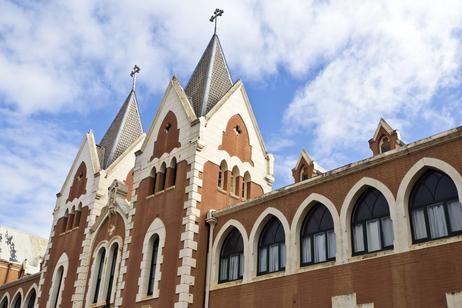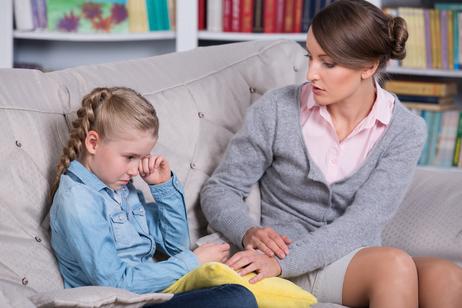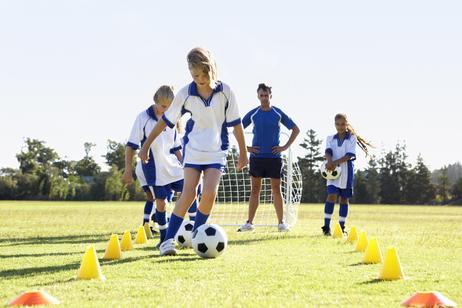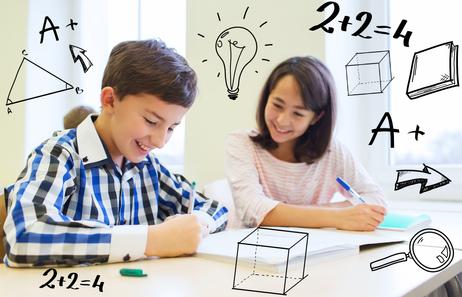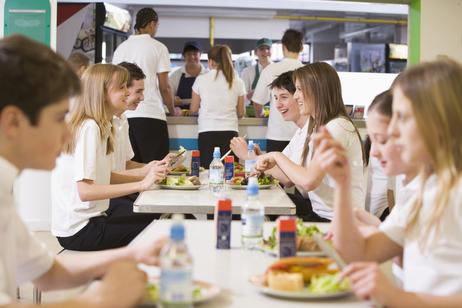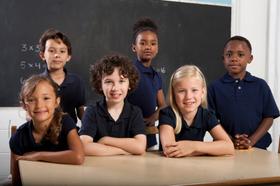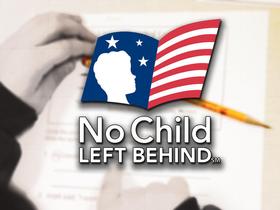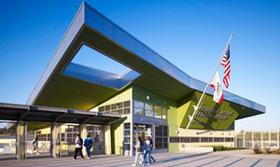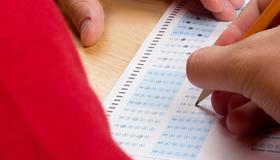School is school – or so many parents think. What you may not realize, however, is that there are many different types of schools, even within the category of public schools. The school you send your child to will largely depend on where you live and what options are available, but if you have multiple options to choose from, it is essential to learn what you can about each one before making your choice. The right school for one child may not be suitable for another, so consider your options carefully.
Not only is a public school very different from a private school but there are over a dozen different types of schools (both public and private) scattered across the country. In this article, you’ll receive a brief overview of each of these school options, so if the choice becomes yours, you’ll be fully equipped to make an informed decision. Keep reading to learn the basics about different schooling options in the United States.
How is Public School Different from Private School?
The main difference between private and public schools is the source of funding. Public schools are funded by local, state, or federal government, while private schools are generally funded through student tuition. Because public schools receive federal funds, they must also follow federal guidelines, which sometimes limit what public schools can teach. Private schools are not subject to the same standards, so they have more freedom in developing their curriculum. Licensing requirements are pretty strict for

